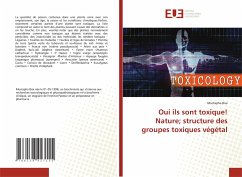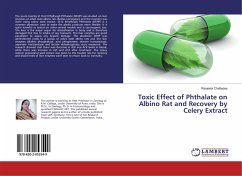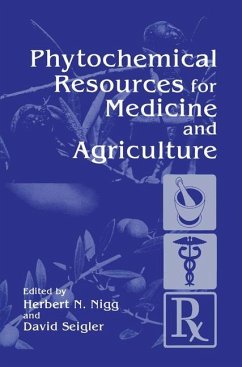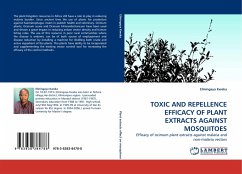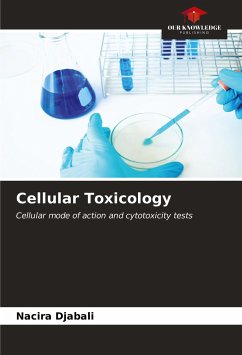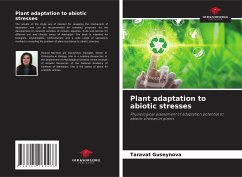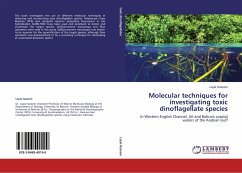
Yes, they are toxic! Nature; structure of toxic plant groups
Versandkostenfrei!
Versandfertig in 6-10 Tagen
27,99 €
inkl. MwSt.

PAYBACK Punkte
14 °P sammeln!
The amount of poison contained in a plant varies with its location, age, season and climatic conditions, and sometimes only certain parts of a plant are toxic. The list also includes the names of plants that can cause dermatitis if touched. In addition, please note that plants normally considered non-toxic that have been treated with pesticides, insecticides or herbicides make them toxic -Vegetables - Rhubarb leaves - Tomato leaves and stems - Potatoes (green part of tuber and above ground) -Hedges and bushes - Black acacia (robina pseudoacacia) - Pea tree - Daphne, bois-joli (daphne mezereum)...
The amount of poison contained in a plant varies with its location, age, season and climatic conditions, and sometimes only certain parts of a plant are toxic. The list also includes the names of plants that can cause dermatitis if touched. In addition, please note that plants normally considered non-toxic that have been treated with pesticides, insecticides or herbicides make them toxic -Vegetables - Rhubarb leaves - Tomato leaves and stems - Potatoes (green part of tuber and above ground) -Hedges and bushes - Black acacia (robina pseudoacacia) - Pea tree - Daphne, bois-joli (daphne mezereum) - Black thorn (rhamnus cathartica) - Hydrangea - Yew (taxus) - Virginia creeper (ampeloplis brevipedunculata) - Vinegar tree - Asparagus Indoor plants - Asparagus fern (asparagus plumosus) (sprengeri) - Avocado tree (persea americana) - Cactus - Jerusalem cherry - Ivy - Dieffenbachia - Common eucalyptus - Elephant ear.



